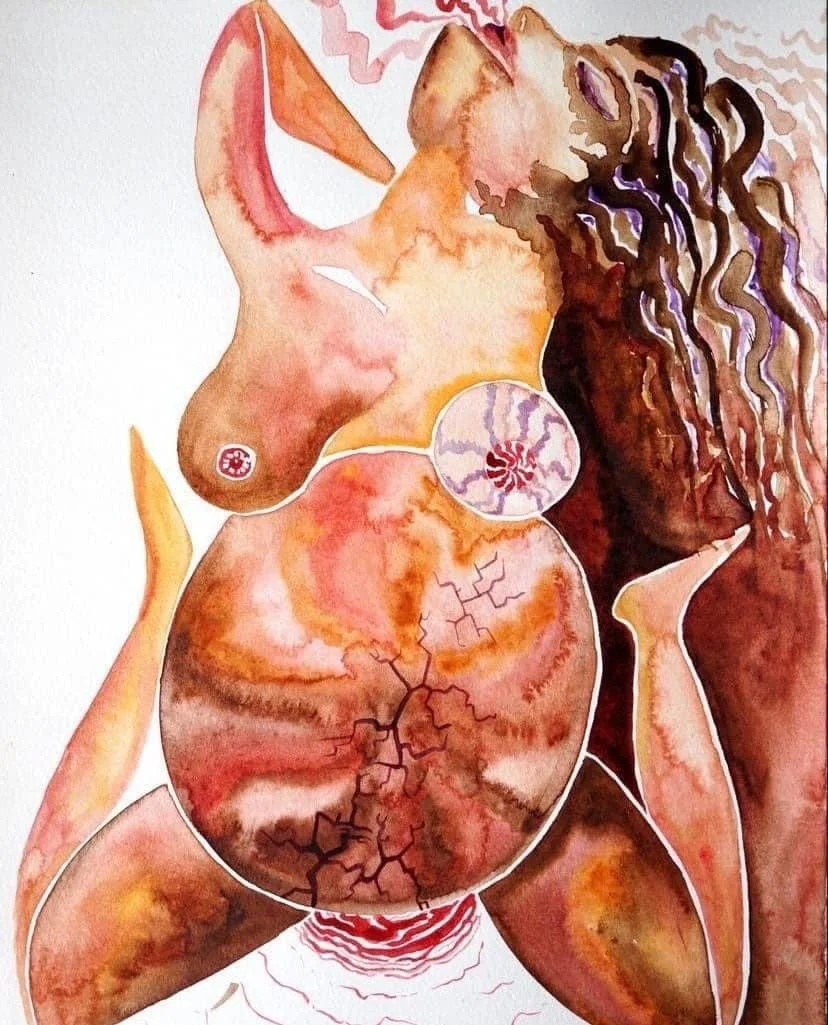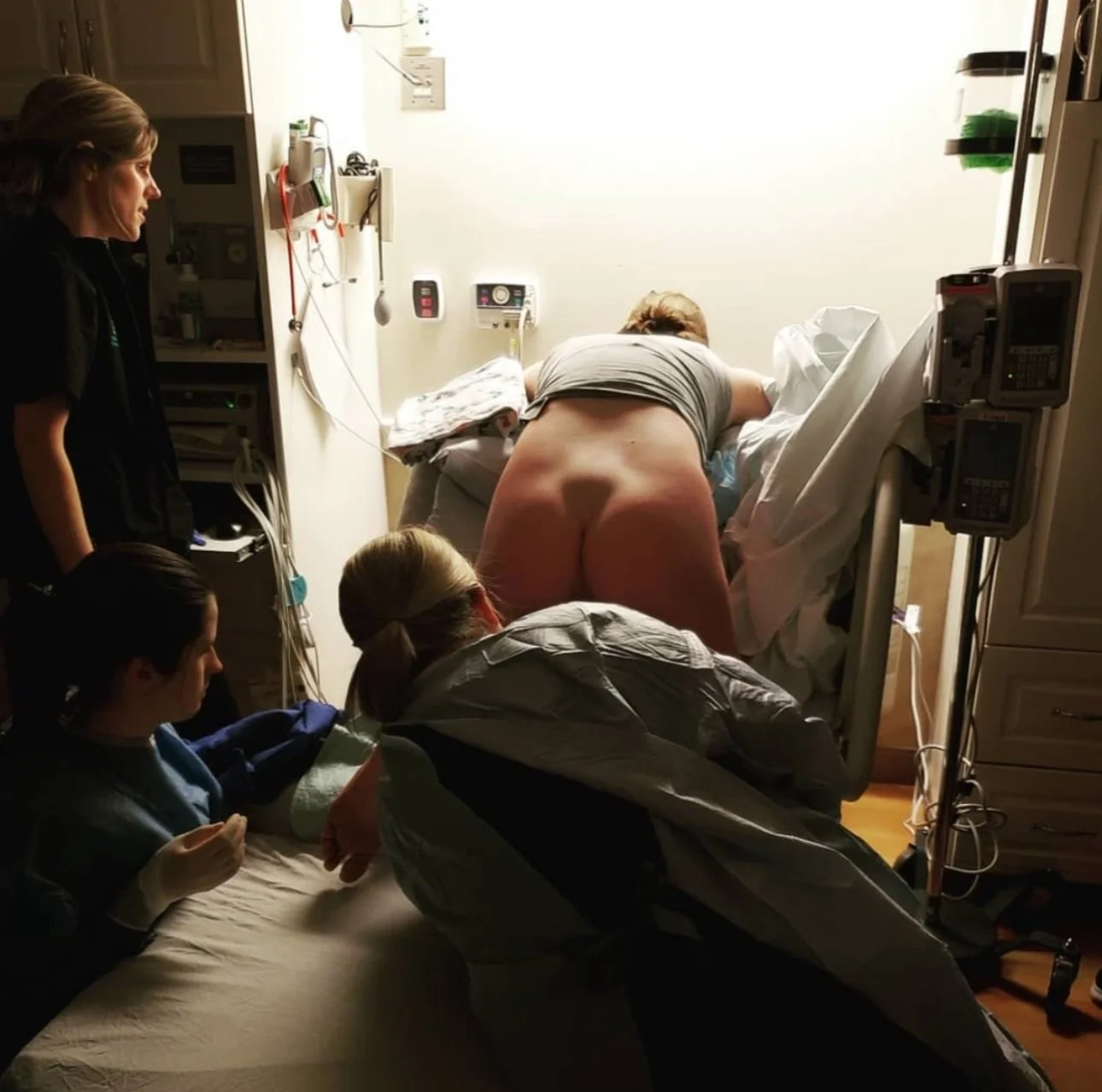Movement, labour and birth
When thinking about birth, in modern society we often perceive it as lying on the back, on the bed. Despite numerous research against it, it’s still the most common position in which women today give birth. Did you know that the supine birth position was not introduced to support the physiology of birth, but by King Louis - who had a fascination with watching his mistresses give birth? Since he grew frustrated when the view was obstructed, he made the supine position standard for his mistresses, and many women in France began to follow. And here we are today.
I want to briefly show you how birth is a magical dance in which you and your baby(ies) participate to co-create the optimal spiral for the babies to be born. There’s not a perfect position, a perfect way of breathing, a perfect technique… The only thing needed is surrendering to the instinctual bodily wisdom, dropping deep into your body and fearlessly following it. This is why the freedom of movement supports the optimal physiology:
The pelvic openings
You can visualize the 3 pelvic openings which together form the pelvic cavity, like a cylindric passage for the baby:
Superior (1)
Middle (2)
Inferior (3)
The size and shape of these openings can be modified by the movement of the pelvis in order to support the optimal blueprint of birth, to support the baby and the mother. The superior opening is the least adaptable, but it can transform, especially asymmetrically. The inferior opening is most adaptable (maybe you remember the movements from class? :)).
The openings are not parallel, so the baby passes through the curved “tunnel”, and to do so, the baby moves in a spiral. I like to think of it as “fitting a key in a lock”. Sometimes all you need is the tiniest adaptation to just make it click!
Spiral the way out
The baby enters through the superior (1) opening (which is wider than it's long). Then it turns at the pubis at the middle opening (2), and at the same time, turns transversely. Then the baby exits at the inferior opening - the pelvic outlet. The pelvis can facilitate and support the rotations of the baby's head (or at least, not make it harder), if we allow the mother to instinctually MOVE! In this way, the mother and the baby will together find the optimal blueprint for the baby to spiral their way out.
Sacral nutation and counternutation
In classes, you can hear me preach about the pelvic freedom, and how all possible movements of your pelvis play an important role in facilitating the magical birth dance.
Here is a great video visualizing the sacral nutation and counternutation that you may connect to our movements from class - external and internal rotation of the hips, paired with tucking and untucking the tailbone. See it in action!
The rhombus of Michaelis
During childbirth, instead of keeping the pressure on the mother’s sacrum, to optimize physiology, the back needs to be free and open! Our perfectly designed bodies adapt during childbirth, and sometimes the rhombus-shaped contour (also referred to as kite-shaped or diamond-shaped) visibly appears on the mother’s lower back. It’s perfectly normal, and needed, to make the passage for the baby! Our bodies are adaptive, capable of transformation and pure magic!
Read more about it in Sara Wickham’s article.
So, let’s move! I hope that the physiology and biomechanics behind it can inspire you to give those hips a good wiggle next time in class and remember the instinctual, free, open movement of your pelvis that you were born with! :)
Join us in Prenatal Yoga classes, Wednesday 8:30am & Saturday 11am at SOMA Yoga Wandsworth!




